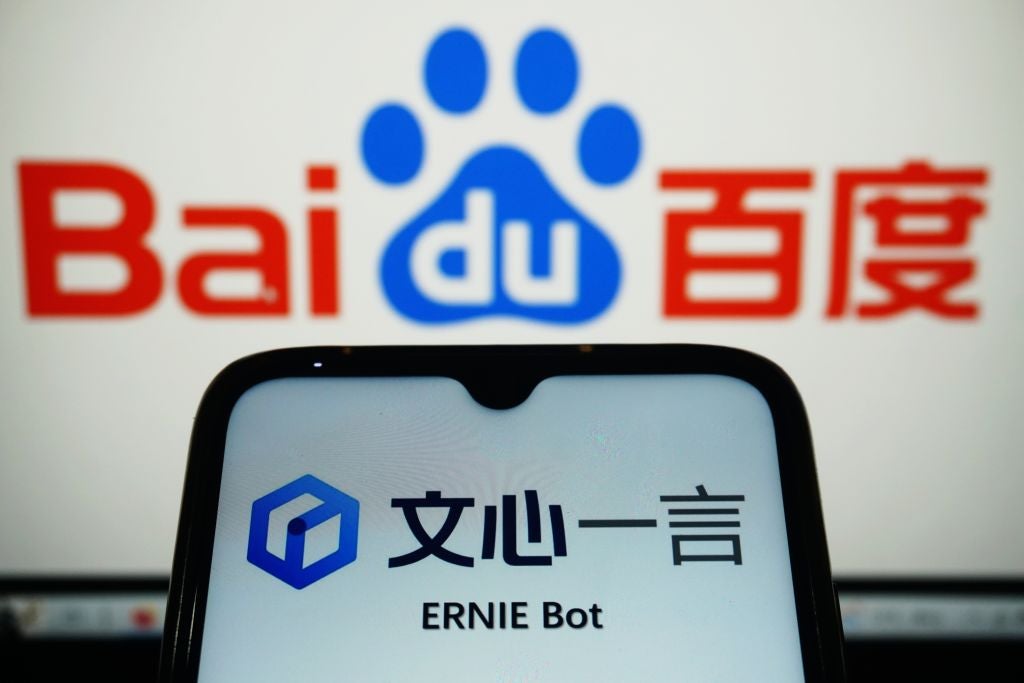
By now, the presence of AI in the workplace is already making itself felt. However, a survey of 100 CIOs reveals that over the next six years, a human and bot-led workforce will become the norm.
OneLogin surveyed 100 CIOs of companies with at least 5,000 employees and found that nearly all believed that the workplace and technology will converge in the future.
94% of those surveyed agreed the 2025 workforce will consist of both humans and bots, with 89% believing that leveraging machine learning and AI will be essential for businesses to meet customer needs in the future.
However, for this to happen, some significant changes to the workplace must take place, with the role of AI still considered by many as futuristic, rather than imminent. The survey found that preparing for an increase in “connectivity, large scale automation, infinite scalability and artificial intelligence” requires a change in access management, with 85% believing that poor access management could create problems.
Access management key to AI in the workplace
Access management is the process of tracking, and managing individual users’ access to a system. As a growing number of employees, both human and non-human require access from remote locations, this is a key issue.
OneLogin chief product officer Venkat Sathyamurthy explains why:
How well do you really know your competitors?
Access the most comprehensive Company Profiles on the market, powered by GlobalData. Save hours of research. Gain competitive edge.

Thank you!
Your download email will arrive shortly
Not ready to buy yet? Download a free sample
We are confident about the unique quality of our Company Profiles. However, we want you to make the most beneficial decision for your business, so we offer a free sample that you can download by submitting the below form
By GlobalData“Imagine the billions of handshakes and interactions with a workforce spread around the world, requiring access to hundreds of SaaS and on-premise apps. This is where the bottlenecks are going to occur. Finding a solution will be the greatest challenge and this challenge is not just because of new cloud technologies. Industry research continues to confirm that organisations will operate in hybrid environments that include on-premise technologies as well. Managing both sides are key to business success.”
According to OneLogin, Unified Access Management is therefore integral to centralising the management of all users, devices and apps to provide simple and secure access in a system, essential as the “user community” changes.
Garrett Bekker, Principal Security Analyst at 451 Research said:
“Until recently, most access scenarios involved internal employees working primarily from dedicated desktop computers on the corporate network. However, modern firms will face considerable changes in the coming years and the approaches to access control will need to evolve accordingly. For example, the user community has expanded, consisting of employees, partners, contractors, consultants, customers, and, increasingly, ‘non-humans’ like bots.”
As the presence of AI in the workplace becomes increasingly common, the way in which human employees work will also change. 58% of CIOs agreed that remote working will increase significantly over the next six years. 43% of employees say they work remotely at least part-time, and 69% say workplace flexibility is a key issue when looking for employment.
Bekker believes that this further demonstrates the need for new access control solutions:
“Human users are no longer confined to their desks, but increasingly work from a variety of locations, including home offices or coffee shops, and are accessing resources that can be located virtually anywhere. Access control solutions that fail take this diversity into account will be found lacking.”







